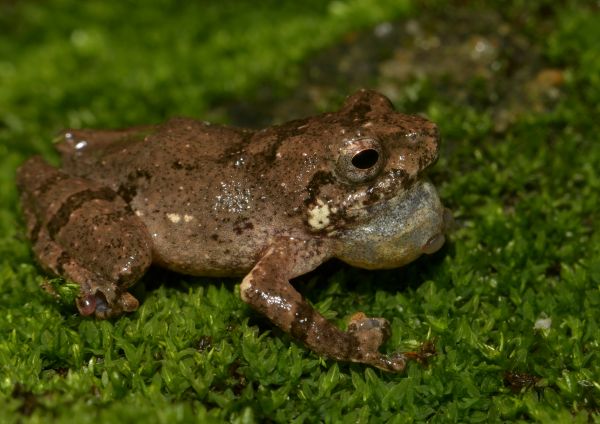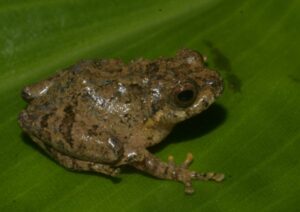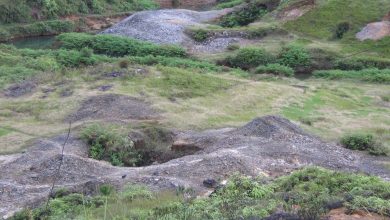Two new species of frogs in state get Khasi names
'Raorchestes jakoid' and 'Raorchestes jadoh' were found in Lawbah in EKH & Langtor in EWKH, respectively

Guwahati/Shillong, July 26: In a groundbreaking study that merges science with culture, two new species of bush frogs have been discovered from Meghalaya and named as a tribute to the Khasi way of life.

Published in the Journal of Threatened Taxa, the study describes Raorchestes jakoid sp. nov. and Raorchestes jadoh sp. nov., both belonging to the genus Raorchestes, known for its small-sized, direct-developing frogs.
What makes this discovery stand out is the intentional use of Khasi names. The term ‘jakoid’ means ‘frog’ in the Khasi language, while ‘jadoh’ is a traditional rice and meat dish widely loved in Khasi households.
The naming is a way of celebrating Khasi culture and drawing attention to the close links between indigenous communities and biodiversity.
The article published in the journal was authored by Holiness Warjri, Jayaditya Purkayastha, Hmar Tlawmte Lalremsanga and Madhurima Das.
The new species were found in the Khasi Hills. Raorchestes jakoid was discovered in Lawbah, East Khasi, and Raorchestes jadoh was found in Langtor, Eastern West Khasi Hills. These frogs were located in bushes and trees near human settlements, indicating a degree of ecological adaptability, although their habitats remain vulnerable to rapid landscape changes.
Lead author Holiness Warjri, a native of Langtor village where one of the new species was found, shared an emotional connection with the discovery, “Discovering a new species in my own village of Langtor is both humbling and inspiring. Naming it ‘jadoh’—a dish that brings our Khasi families together—was my way of honouring the deep bond between our culture, land, and nature. I hope this frog becomes a symbol of pride and conservation for our people.”
The study was conducted by researchers from Assam Don Bosco University, Help Earth and Mizoram University. It combined traditional field methods with advanced genetic (16S rRNA) and acoustic analyses to confirm the species as new to science. The frogs’ unique calls, morphology, and DNA sequences place them within the Raorchestes parvulus species complex.
The findings underscore the rich yet underexplored amphibian diversity of Meghalaya, a state located within the Indo-Burma biodiversity hotspot. The authors highlight the urgent need for further herpetofaunal surveys and habitat protection in the region.





